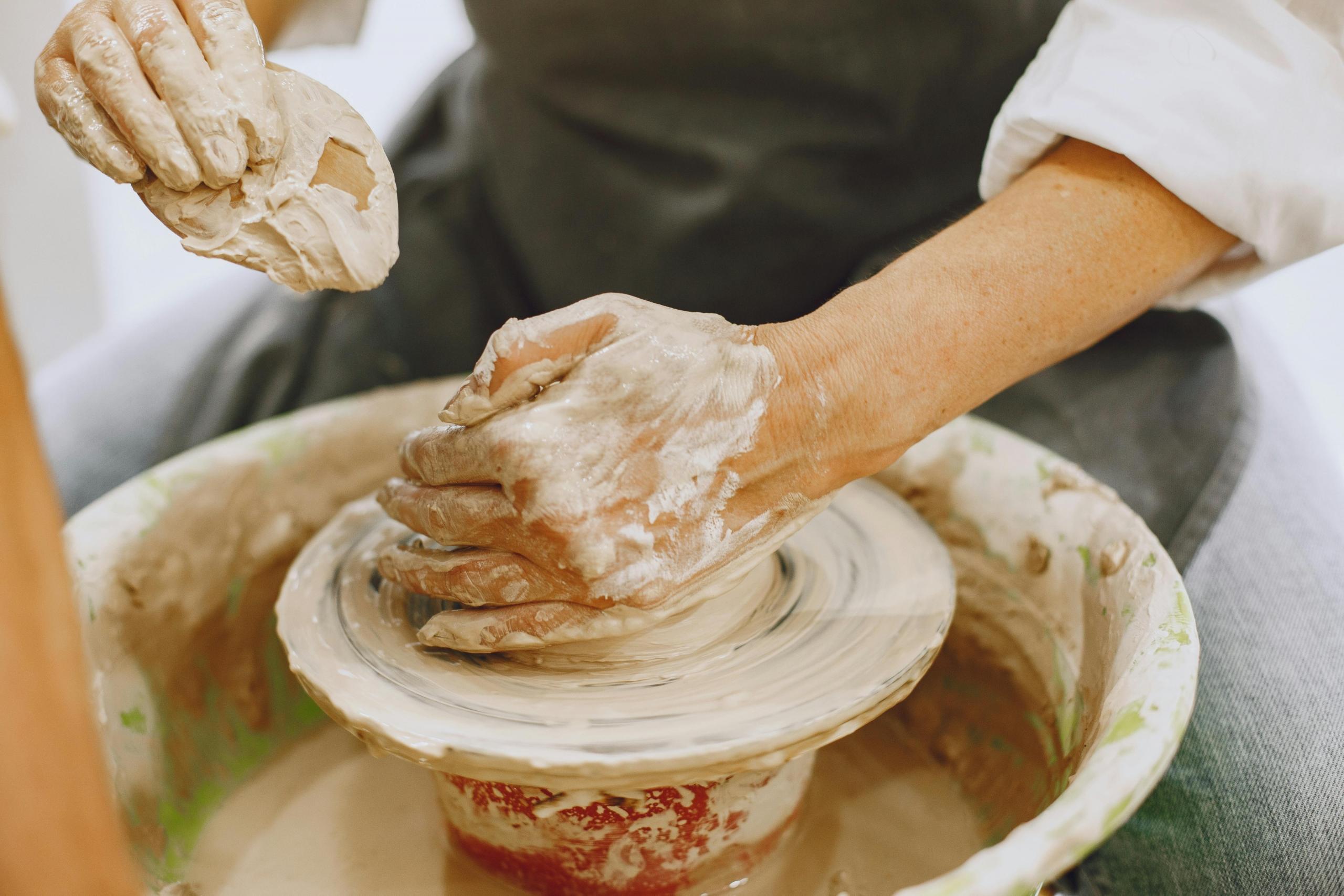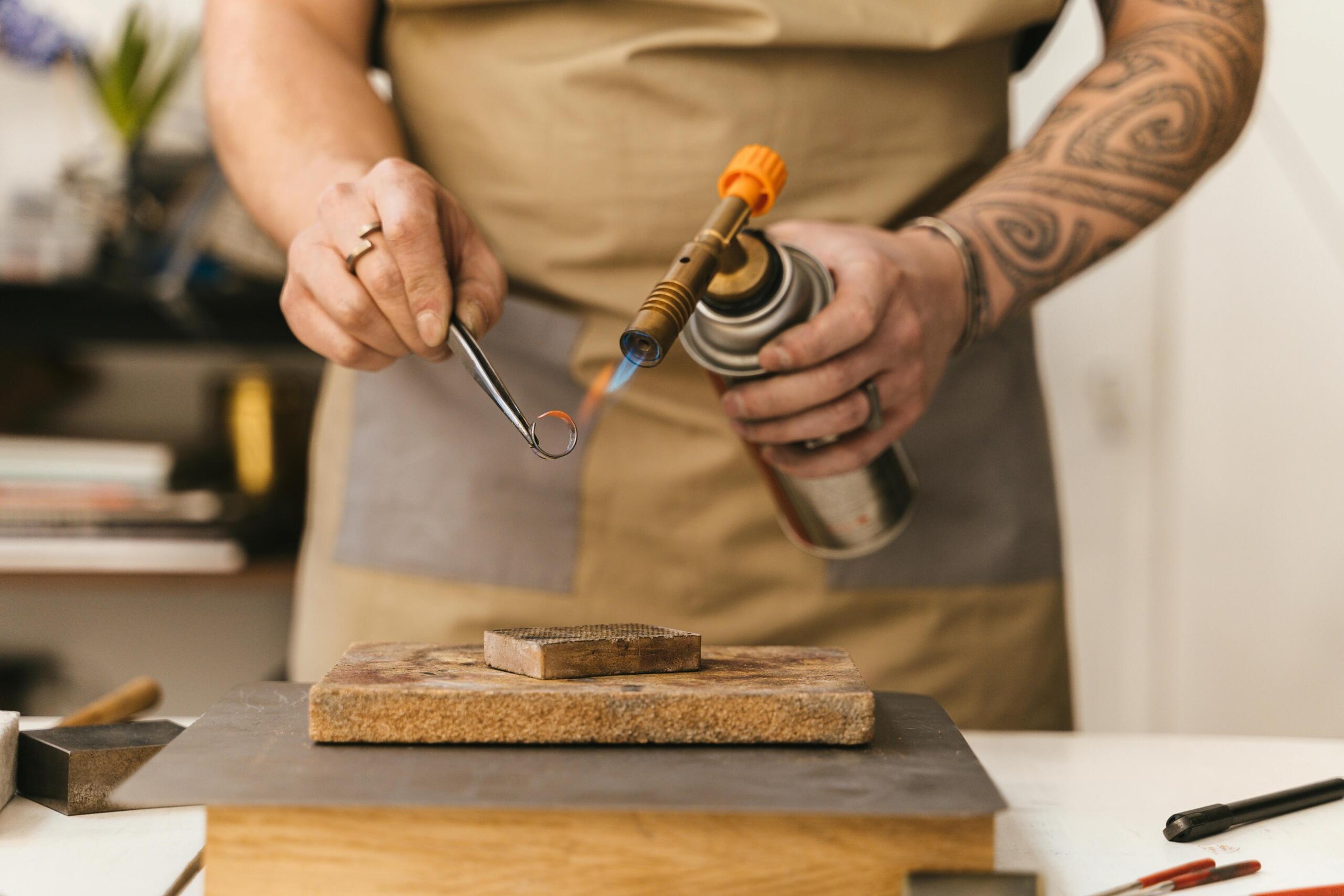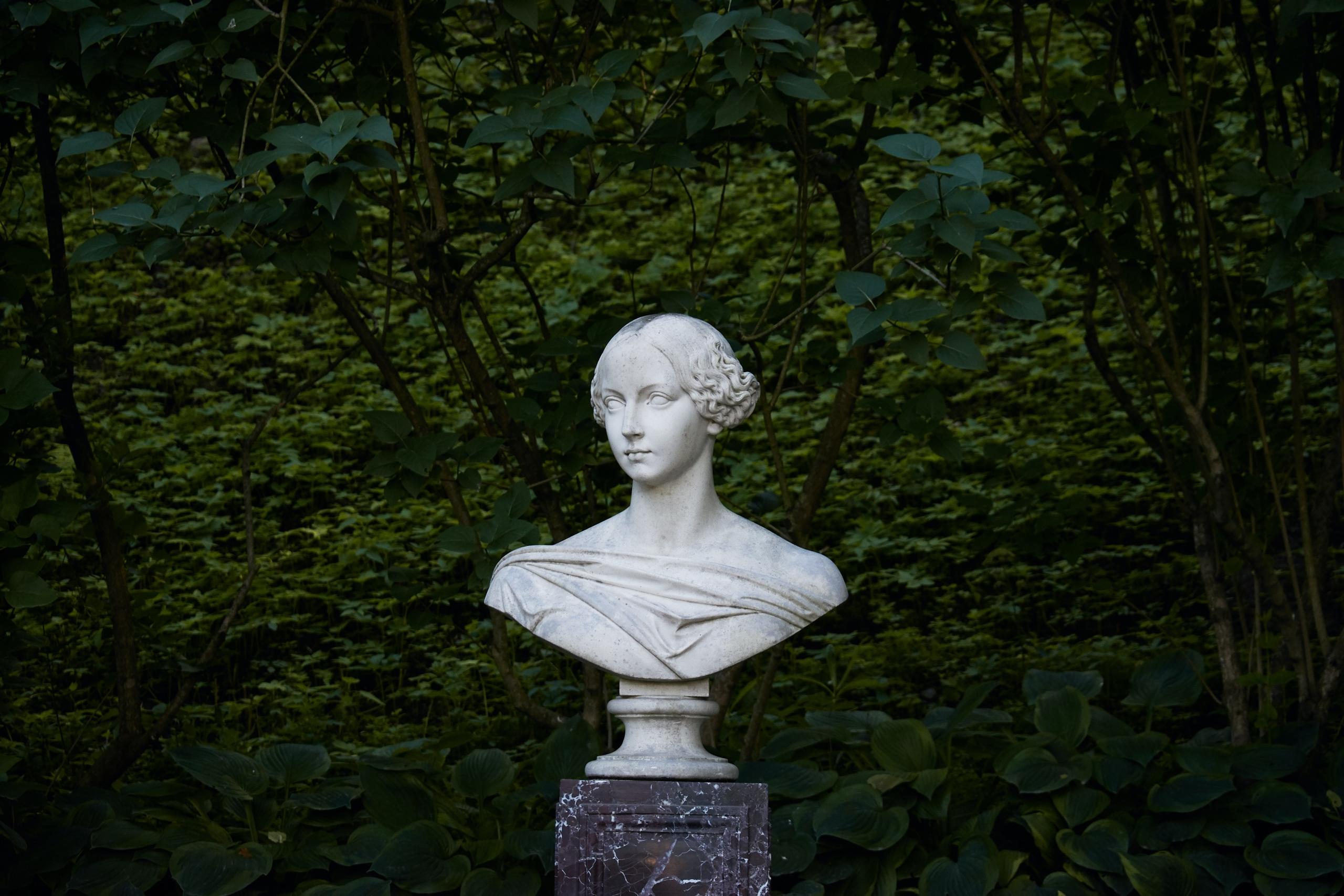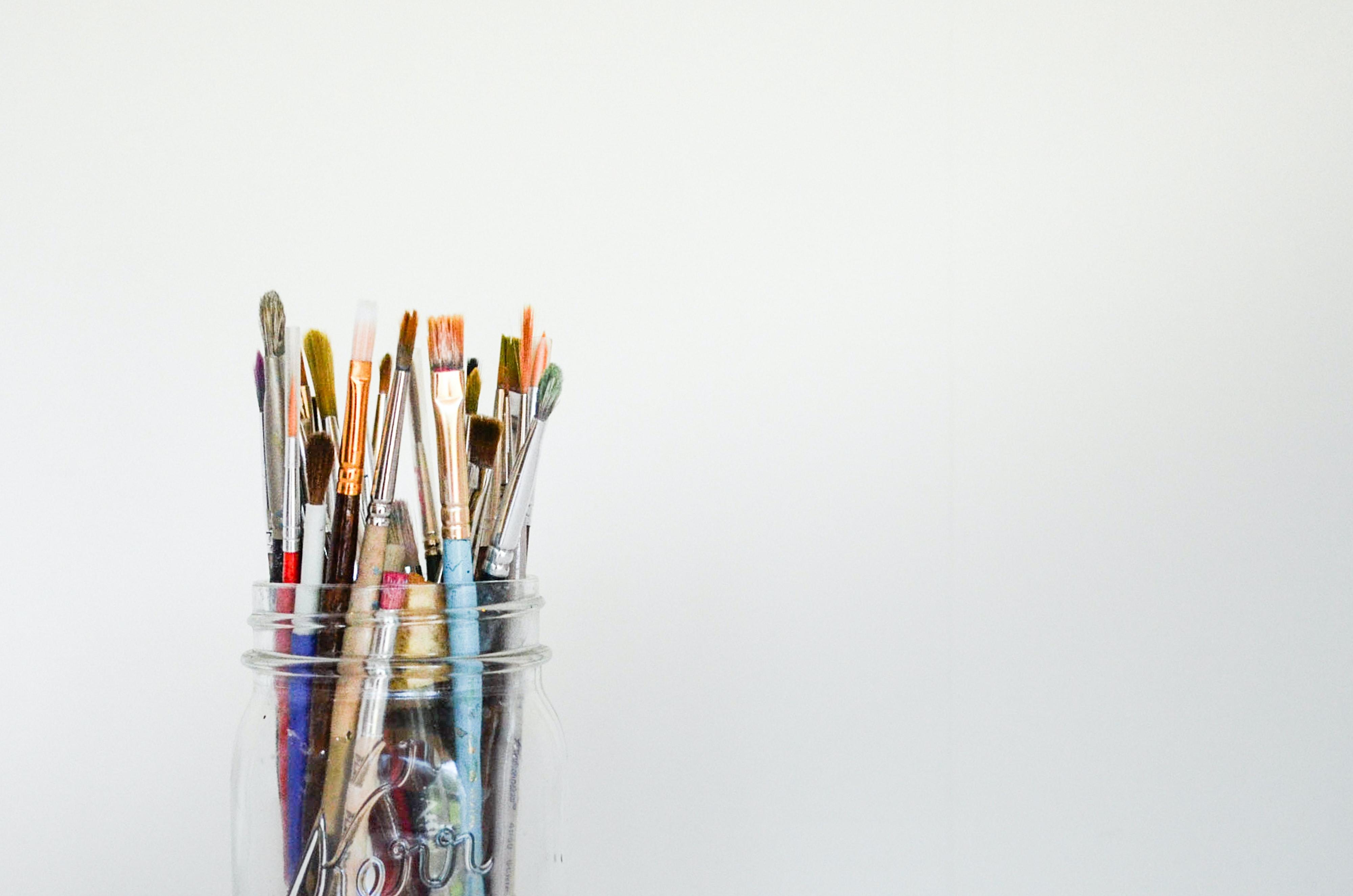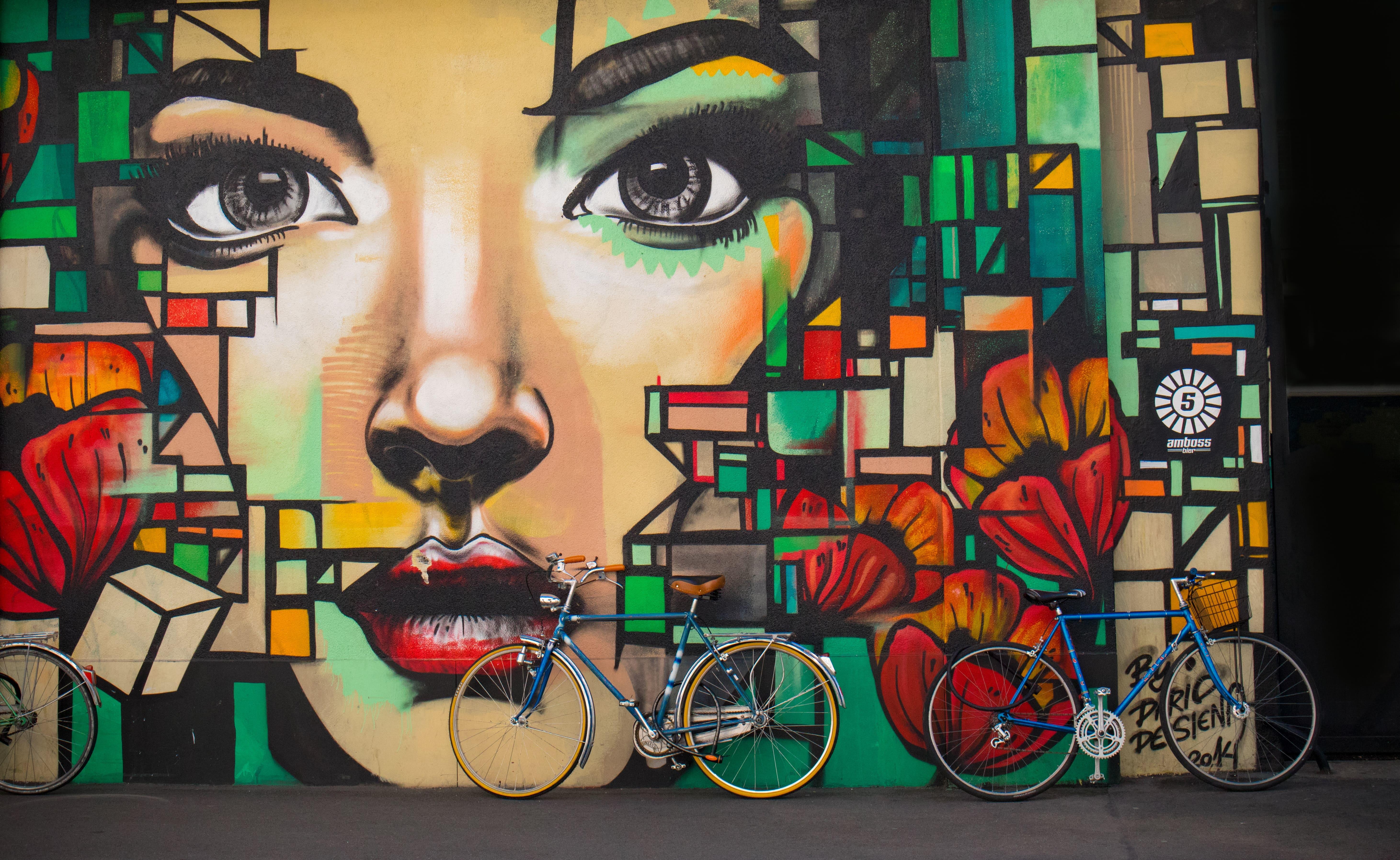Welcome to the captivating world of ceramic art! In this article, we'll delve into the fascinating realm of ceramics, exploring what it is, how it's created, and the joy it brings to both the makers and admirers alike.
Ceramic art, as the name suggests, encompasses the creation of objects using clay and other natural materials that are fired at high temperatures to achieve a hardened and durable form. It is an ancient art form that has been practised by civilisations across the globe for thousands of years.
From functional items like pots, bowls, and vases to intricate sculptures and decorative pieces, ceramics showcase the immense creativity and skill of the artists. Whether you're a beginner curious about pottery classes near you or someone with a keen interest in the art, this article will provide you with insights into the world of ceramics and pottery.
Prepare to be inspired as we explore the rich history, varied techniques, and the sheer joy of working with clay. So, let's embark on this delightful journey into the captivating world of ceramic art.

Different Types of Ceramics and Their Uses
There are various types of ceramics, each with its own unique properties and uses.
Can you believe that ceramics date back as early as 28 000 BCE?
One of the most common types is earthenware. This type of ceramic is made from clay that has a low firing temperature, resulting in a porous and opaque finish. Earthenware is often used for decorative purposes and can be found in pottery, vases, and decorative tiles.
Another type of ceramic is stoneware. Unlike earthenware, stoneware is fired at a higher temperature, resulting in a denser and more durable finished product. Stoneware is often used for everyday items like plates, bowls, and mugs. Its durability makes it ideal for items that are frequently used and need to withstand regular wear and tear.
Porcelain is another popular type of ceramic. It is made from a specific type of clay that is fired at an extremely high temperature, resulting in a translucent and delicate finish. Porcelain is often used for fine china, decorative figurines, and bathroom fixtures. Its elegant appearance and durability make it a sought-after material for both practical and decorative purposes.
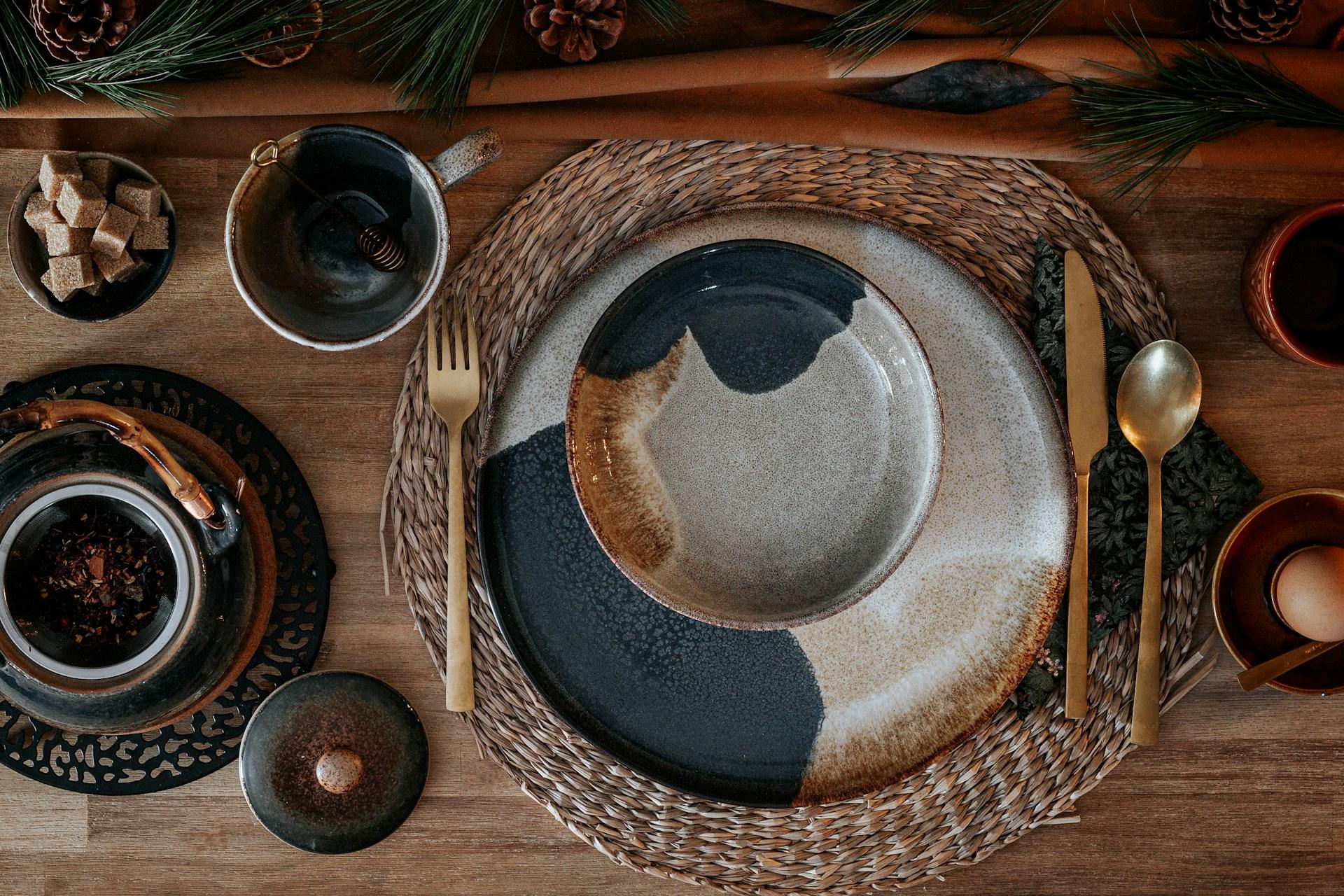
How Ceramics Are Made
The process of making ceramics involves several steps, each crucial to achieving the desired finished product.
It all starts with the selection of the clay. Different types of clay have different properties, which will affect the final outcome of the ceramic. Once the clay is selected, it is then shaped into the desired form, either by hand or using a potter's wheel.
After shaping, the ceramic must be left to dry completely.
This is an important step, as any remaining moisture can cause the ceramic to crack or warp during the firing process. Once dry, the ceramic is fired in a kiln, which is a special oven designed for high-temperature firing. The temperature and duration of the firing process will depend on the type of clay and the desired outcome.
Once the ceramic has been fired, it can be left as is or decorated with glazes or paints. Glazes are coatings that are applied to the ceramic surface before it is fired again to create a smooth and glossy finish. This not only enhances the appearance of the ceramic but also adds an additional layer of protection.
Benefits of Using Ceramic
There are numerous benefits to using ceramic in various applications. One of the main advantages is its durability. Ceramics are known for their strength and resistance to wear and tear. This makes them ideal for everyday items that need to withstand frequent use, such as kitchenware and bathroom fixtures.
Ceramic is also a non-toxic material, making it safe for use in food preparation and consumption. Unlike some other materials, ceramic does not leach harmful chemicals or toxins into food or drinks. This makes it a popular choice for items like plates, bowls, and mugs.
Additionally, ceramic has excellent heat retention properties. This means that it can retain heat for longer periods, making it ideal for items like teapots and cooking utensils. Ceramic also distributes heat evenly, ensuring that food is cooked or heated consistently.

Exploring The World of Pottery and Creating Ceramics
Pottery is an ancient art form that continues to captivate people today. The process of creating ceramics from clay is not only therapeutic but also allows for endless creativity. Whether you're a beginner or an experienced artist, exploring the world of pottery can be a rewarding and fulfilling experience.
Finding Pottery Classes Near You
Has the time come for you to dive into the world of ceramic artistry? Uncover the magic of shaping clay with your own hands in nearby classes. Led by seasoned artisans, workshops will offer more than just guidance – they provide a haven of creativity where you can unleash your imagination and hone your pottery prowess.
To unearth these treasure troves of creativity, embark on a quest through the realms of the internet or explore the corners of local art studios, community hubs, or creative colleges. Fear not if you're just starting your journey; these classes welcome enthusiasts of all skill levels. With dedication and expert tutelage, you'll soon be crafting your own masterpieces that breathe life into clay.
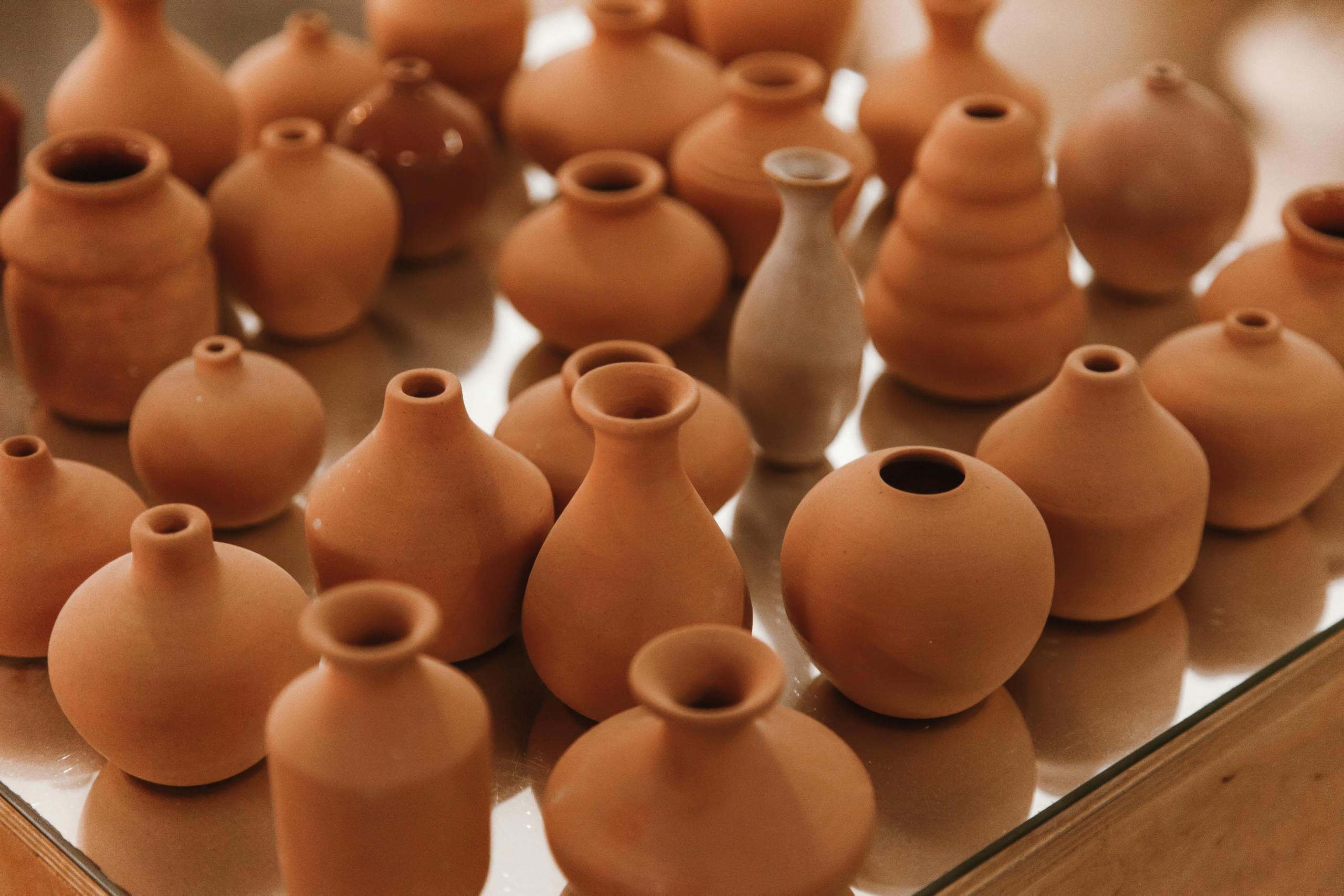
Tools and Materials Needed For Pottery
To get started with pottery, you'll need a few essential tools and materials. These include:
- Clay: Choose a clay type that suits your needs and preferences. There are various types available, each with its own unique properties.
- Pottery Wheel: If you're interested in throwing pottery, a pottery wheel is a must-have tool. This will allow you to shape the clay on a spinning wheel, creating various forms and vessels.
- Kiln: A kiln is necessary for firing the ceramics. It heats the clay to high temperatures, transforming it into a hardened and durable material.
- Pottery Tools: These include tools like clay cutters, wire tools, and carving tools. They help with shaping, smoothing, and adding details to the clay.
- Glazes and Paints: If you want to add colour and decoration to your ceramics, you'll need glazes or paints. These can be applied to the clay before firing or after.
Tips For Creating Beautiful Ceramics
Creating beautiful ceramics is both an art and a science. Here are some tips to help you get started and improve your skills:
- Start with simple forms: If you're a beginner, start with simple forms like bowls or cups. Mastering the basics will give you a solid foundation to build upon.
- Practise centring: Centring the clay on the pottery wheel is essential for creating balanced and symmetrical forms. Practise this technique until you feel comfortable with it.
- Experiment with different techniques: Don't be afraid to experiment with different techniques and styles. Try hand-building, carving, or using different glazes to create unique and interesting ceramics.
- Take your time: Pottery is a slow and patient process. Take your time with each step, from shaping the clay to applying the glazes. Rushing can lead to mistakes or unsatisfactory results.
- Embrace imperfections: Remember that ceramics are handmade, and imperfections are part of their charm. Embrace the uniqueness of each piece and don't be too critical of minor flaws.
By following these tips and practising regularly, you'll be well on your way to creating beautiful ceramics that you can be proud of.
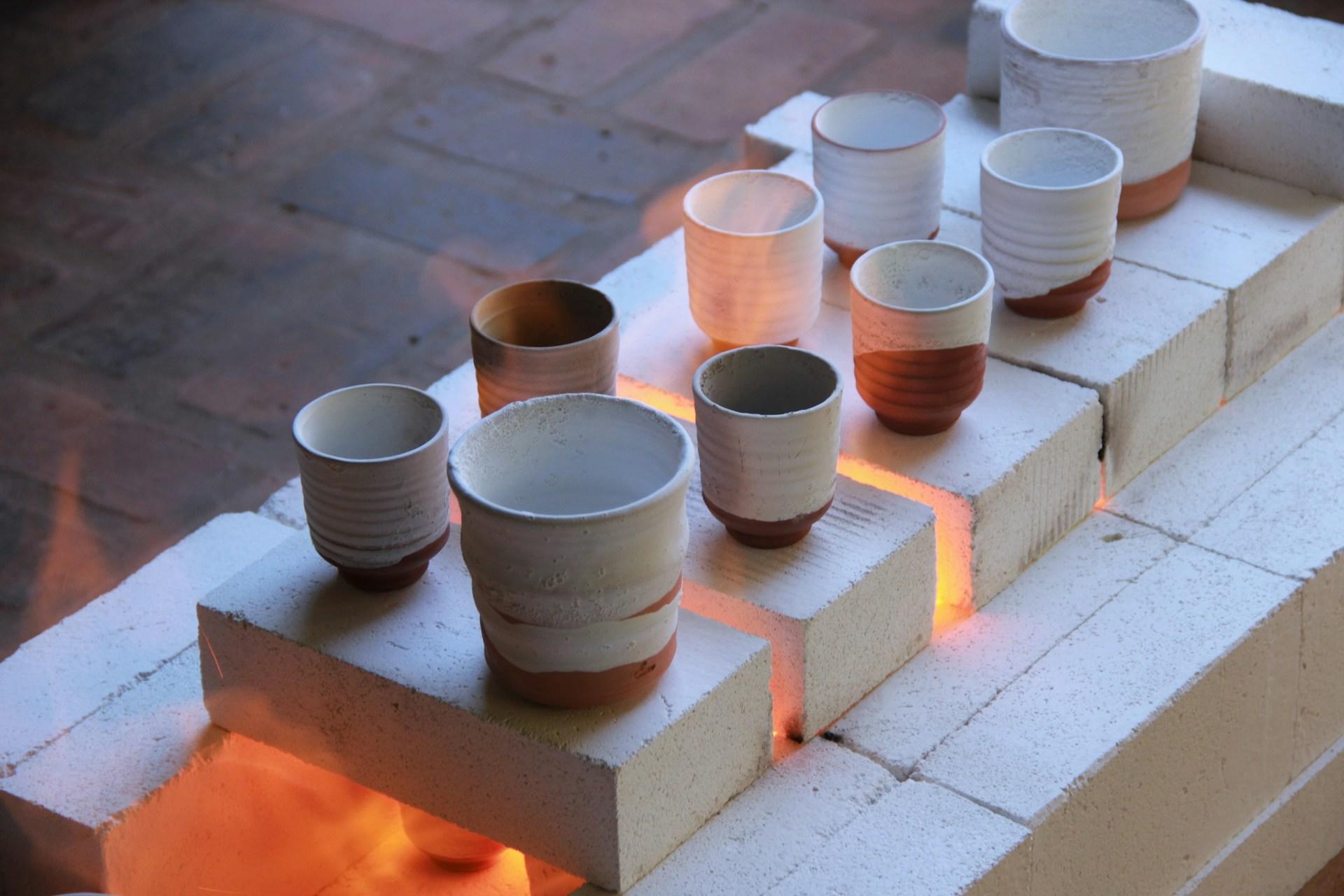
The Significance of Ceramics in Art and Culture
Ceramics have played a significant role in art and culture throughout history. From ancient pottery to modern sculptures, ceramics have been used to express creativity, tell stories, and preserve cultural heritage. Many civilisations used ceramics as a form of artistic expression, depicting scenes from daily life, mythological tales, or religious beliefs.
In addition to their artistic value, ceramics also hold cultural significance. They can reflect the traditions, customs, and identity of a particular community or region. For example, certain types of pottery are associated with specific cultures or historical periods, becoming symbols of cultural heritage.
Conclusion: Embracing the Magic of Ceramic
Ceramic is a remarkable material that has stood the test of time. Its versatility, durability, and beauty make it a popular choice for various applications, from everyday items to works of art. Whether you're interested in creating ceramics yourself or simply appreciating their beauty, exploring the world of ceramic is a journey worth taking. So embrace the magic of ceramics and discover the endless possibilities it holds.
Interested in creating your own ceramics? Find pottery classes near you today and start your creative journey!

